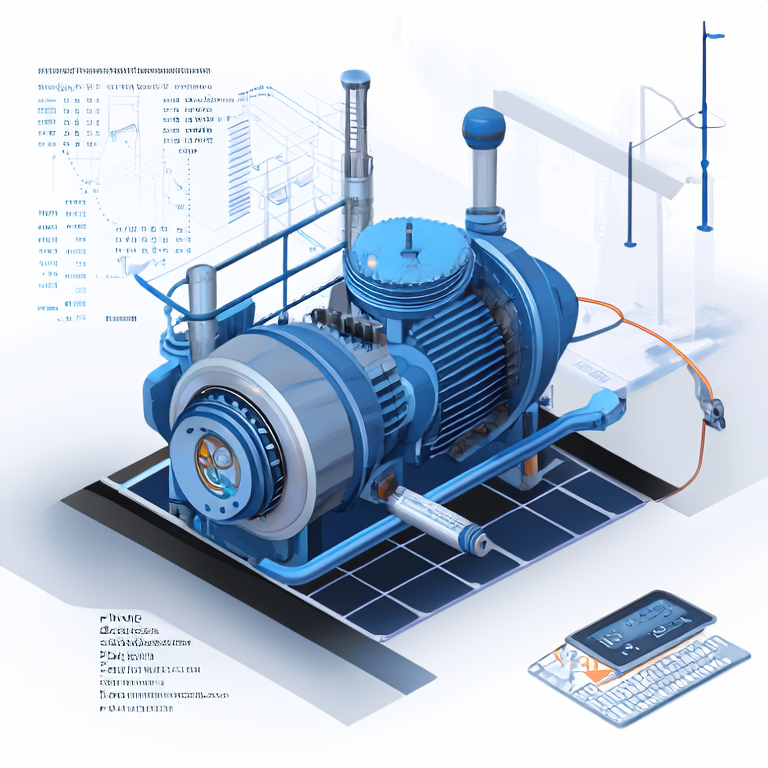How to Calculate Your Air Demand Before Buying: A Comprehensive Guide
When considering the purchase of an air compressor, accurately calculating your air demand is crucial for optimal performance. Many users face confusion about the right capacity for their needs, leading to under or overspending. The real intentions often revolve around efficiency and functionality since buying an inappropriate compressor can lead to operational issues such as maintenance costs, energy waste, and unsatisfactory performance. This article will guide you through calculating your air demand by understanding key metrics, evaluating your specific applications, and providing actionable steps to make an informed purchase decision.
Required Preparation
Before diving into the calculation process, gather the following materials and tools:
- Flow Meter: To measure air consumption in cubic feet per minute (CFM).
- Pressure Gauge: To check required operating pressure (PSI).
- List of Tools and Equipment: Document the air tools you’ll be using.
- Manufacturer\'s Specifications: Note the CFM and PSI requirements for each tool.
- Calculator: For performing all necessary calculations accurately.
Step-by-Step Guidance on Calculating Air Demand
Follow this structured guide to determine your air demand effectively:
- Identify Your Tools: Make a comprehensive list of all pneumatic tools you plan to use. For instance, a sandblaster might require 25 CFM at 90 PSI, while an air ratchet may need only 5 CFM at 90 PSI.
- Measure Air Consumption: Use a flow meter to measure the actual air consumption of each tool if available. Alternatively, refer to the manufacturer\'s specifications.
- Calculate Total Flow Requirement: Add the CFM requirements of all tools you plan to run simultaneously. For instance, if you want to use a paint sprayer (8 CFM) and an impact wrench (6 CFM), your total demand would be 14 CFM.
- Adjust for Pressure Loss: Factor in pressure loss due to piping, fittings, and other restrictions. A general rule is to add a 10% buffer to your total CFM calculation for optimal operation.
- Select Your Compressor: Use this final CFM figure to choose an air compressor with a rating that meets or exceeds your requirements. A compressor with an output of 15-20 CFM at 90 PSI would be adequate for the scenario above.
- Evaluate Compressor Type: Decide between a PM (permanent magnet) and VSD (variable speed drive) screw air compressor. PM compressors are efficient and maintain flow rates under varying load conditions, whereas VSD compressors are suitable for fluctuating demands, potentially saving up to 30% on energy costs.

Common Errors and Solutions
While calculating your air demand, users commonly make several mistakes:
- Underestimating Peak Demand: Many users overlook peak demand times. Include a buffer of 20% to account for any unexpected spikes in usage.
- Ignoring Tool Specifications: Each tool might have an individual air requirement. Always consult the specific requirements for each tool to avoid insufficient airflow.
- Choosing the Wrong Type of Compressor: Assess your operational patterns. For instance, if you normally run tools intermittently, a VSD compressor could be ideal.
Summary and Suggestions
In conclusion, accurately calculating your air demand before purchasing is essential for efficiency and performance in your operations. By meticulously documenting your tools\' CFM and PSI requirements and considering future needs, you can avoid common pitfalls associated with oversizing or undersizing your air compressor. Brands like Mandiwi offer a range of products tailored to various air demands, ensuring you find an efficient solution for your needs.
FAQ
1. How do I know if I need a PM or VSD screw air compressor?
If your operations frequently change in air demand, a VSD compressor is likely your best option since it can adapt to varying airflow requirements effectively. On the other hand, PM compressors are excellent for consistent demands.
2. What happens if my air compressor is too small?
A small compressor will lead to inadequate airflow for your tools, causing them to operate inefficiently or not at all, resulting in increased wear and maintenance costs.
3. Can I use multiple compressors for different tools?
Yes, many users find it beneficial to have multiple compressors for various tools, especially when dealing with significantly different CFM and PSI requirements.
